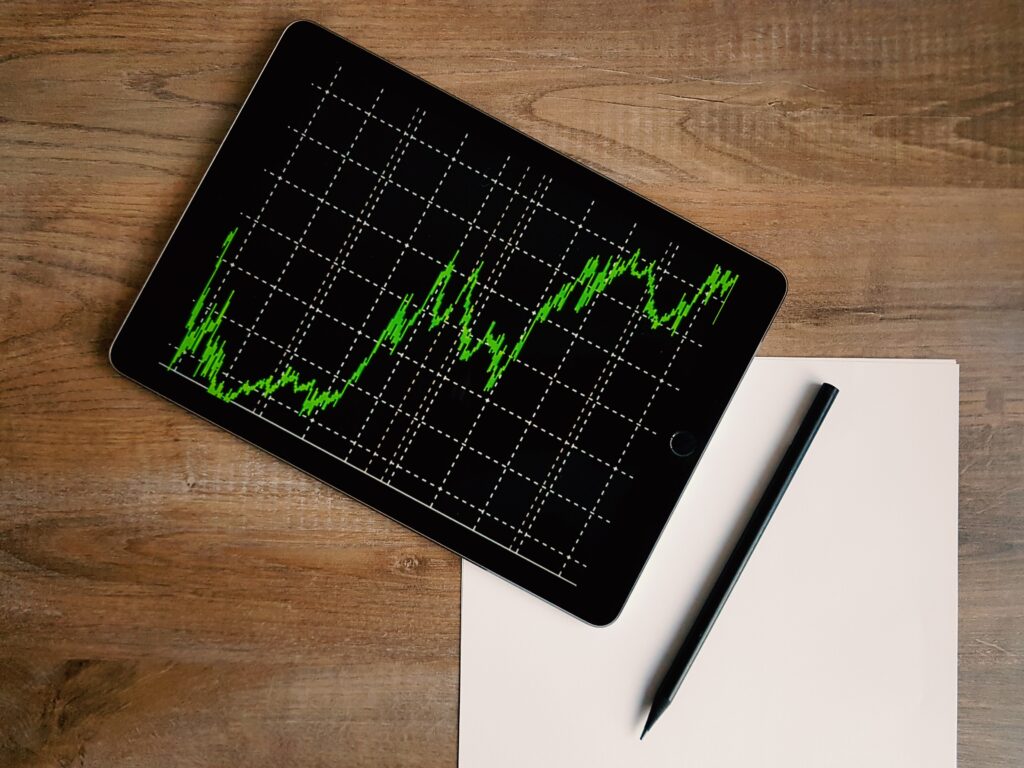
We have been doing a lot of mindset posts recently. There are a lot of reasons to feel down about investing right now in the midst of a global pandemic. I’m bullish that this will pass in a few months and we will be back on track. Those that find the right deal now will be winners. I sent ten letters today inquiring about buildings to purchase. I’m committing to doing ten more each day this week.
Some Actual Education, Finally!
I know you have been waiting for more honest-to-goodness, no holds barred, in your face, mathematics. And it’s coming like a freight train.
The IRR – A New Way of Thinking
Let’s say you are thinking about buying a laundromat (I’m actually looking into building one right now so this is great). The seller is asking $300,000 for the place. It has a bunch of washers and dryers. It needs no repairs and is working well. To keep it simple, let’s say that its expenses are water, electricity, and taxes. These total $20,000 a year. The place brings in $40,000 income.
First Calculate the NOI
When we evaluate real estate deals, we first calculate the Net Operating Income, or NOI. Recall back to my post called The Capitalization Rate. While I was talking about profit there, to apply it to real estate, that term profit is called the NOI. We use that term more than profit in real estate because we realize that there may be more expenses on top of that amount. The NOI is this:
NOI = Income – Expenses
That amount then has debt service (the amount you pay to the bank) and any taxes that you owe on the remaining income deducted from it. These last two things are specific to each investor and if we add them into the equation before calculating the NOI, we have a hard time comparing them across multiple properties and investors. So, we leave them out in this calculation. A better use of profit is as such:
Profit = NOI – debt service – income taxes
Keep in mind that is income taxes, not property taxes, which you have already taken out. In our calculation, we have the following simplified Profit and Loss statement:
Income:
- Laundry Income: $40,000
- Total: $40,000
Expenses:
- Water: $8,000
- Electricity: $8,000
- Property Taxes: $4,000
- Total: $20,000
NOI:
- NOI = 40k – 20k = $20,000
The seller wants $300,000 for this place? Is that a good deal? Recall from The Capitalization Rate that the cap rate for this property would be 6.7%. One way to tell is to compare that cap rate with the cap rate that other laundromats in your area have been selling for. How to find this out? Ask your commercial real estate agent.
So, Why Not Just Use the Cap Rate?
Good question. A laundromat such as this, the buyer is buying to purchase an income stream (20k a year) and might be willing to pay 300k to purchase that engine that produces that income. The buyer then holds onto that engine for an indefinite time and doesn’t intend to sell it. The IRR is useless here. The Cap Rate is good.
What about if you are the buyer and want to buy the same property, except now it needs $50,000 in repairs, and the buyer expects to increase sales by 5% every year. You also expect expenses to increase by 3% each year due to inflation. You plan to sell it in 5 years, at a 5.7% Cap Rate, after some pay down in mortgage debt, and keep the profits. Is it a good deal now?
Using the Cap Rate method, we would simply add the initial $50,000 repair expense to the purchase price for a total investment of $350,000 and our cap rate is now 5.7%, getting a little low, if you ask me. Would you buy it?
People who have been reading will say, “Wait a minute, the Cap Rate is just for the first year, all the income and expense figures are changing each year!” Absolutely correct. The Cap Rate doesn’t take into account time, or the fact that your cash loses value during the time you hold it (we will talk about that later). Wouldn’t it be nice if there was a formula for making an apples-to-apples comparison over multiple properties when the investor plans to hold onto them for a finite time period, making changes every so often?

Enter the IRR
The Internal Rate of Return is designed to do that. If you purchased with cash your profit and loss statement would be like this:
| End of Year | Income | Expense | Net |
| 1 | $ 40,000.00 | $ 20,000.00 | $ 20,000.00 |
| 2 | $ 42,000.00 | $ 20,600.00 | $ 21,400.00 |
| 3 | $ 44,100.00 | $ 21,218.00 | $ 22,882.00 |
| 4 | $ 46,305.00 | $ 21,854.54 | $ 24,450.46 |
And your IRR values are this (The first cell is the purchase price, the next cells are your annual NOI, the last one is the sale profit at 5.7% Cap Rate):
| 0 | 1 | 2 | 3 | 4 | 5 |
| $ (350,000.00) | $ 20,000.00 | $ 21,400.00 | $ 22,882.00 | $ 24,450.46 | $ 407,507.67 |
The IRR for this is 9.01%. A lot better than the cap rate of 5.7%. But still not super awesome. Because you paid all cash. What if you used leverage (a mortgage)?
Let’s now say you got a 20-year loan at a rate of 4.5%, LTV of 75%, meaning you paid $87,500 down and the bank financed $262,500. Your annual debt service is now $33,214.00. Use a spreadsheet or the excellent bankrate.com calculator (not a sponsor).
| End of Year | Income | Expense | Net |
| 1 | $ 40,000.00 | $ 39,928.40 | $ 71.60 |
| 2 | $ 42,000.00 | $ 41,126.25 | $ 873.75 |
| 3 | $ 44,100.00 | $ 42,360.04 | $ 1,739.96 |
| 4 | $ 46,305.00 | $ 43,630.84 | $ 2,674.16 |
Ugly! Right? Before, we were making twenty grand or more each year. Now that we have to pay the greedy bank back we are making a pitiful amount. 71 dollars in the first year! But you are paying down debt! Your equity in that laundromat is building each month. Importantly, you only had to invest $87,500 of your money in that, freeing up a ton of money to do other projects and giving you less risk. Now let’s look at the juicy IRR:
| 0 | 1 | 2 | 3 | 4 | 5 |
| $ (87,500.00) | $ 71.60 | $ 873.75 | $ 1,739.96 | $ 2,674.16 | $ 212,714.59 |
The last cell is how much you get back from the sale after paying down debt and selling at a 5.7% Cap Rate just like in the cash example. The IRR? 20.26%!
That’s because the IRR takes into account the initial investment, the changes in expenses and income, and the final sale price, discounts that into today’s dollar value, and gives you a yearly (or whatever time unit you specify) return on your investment dollars. But that’s a mouthful. And more than I can explain in a single post. Let’s dig into it next time.

